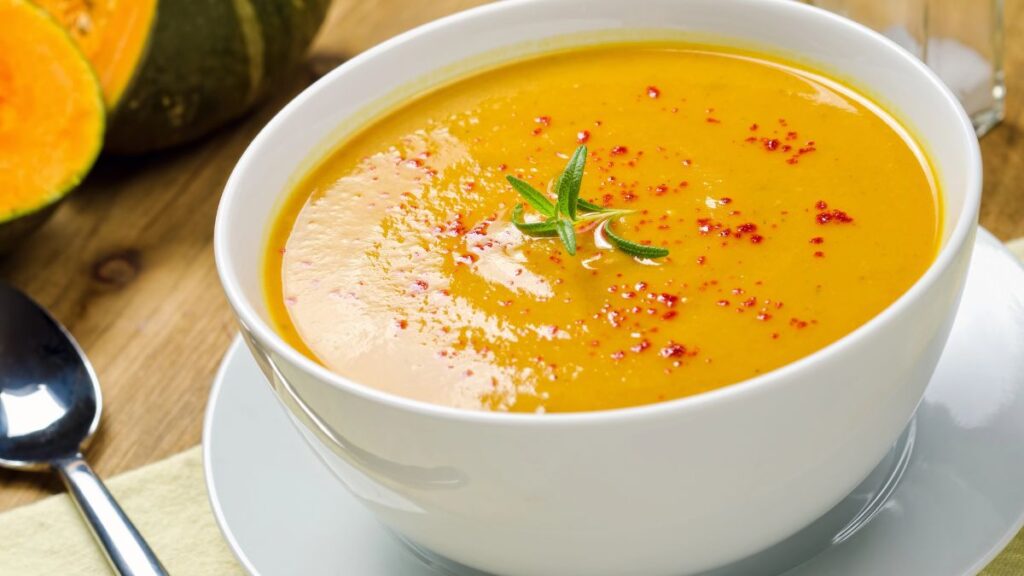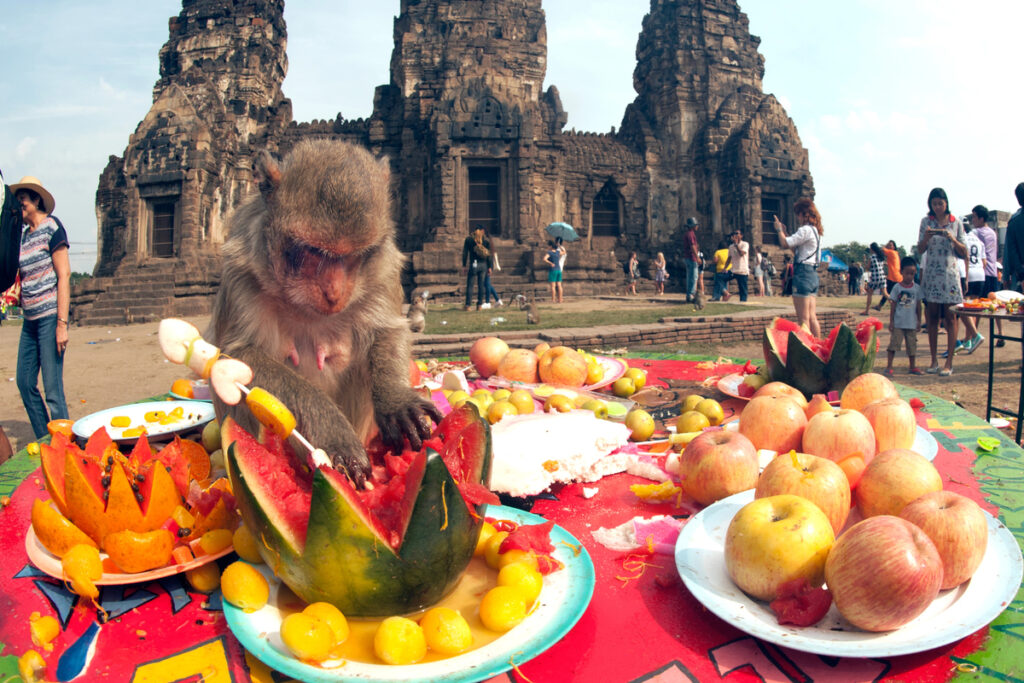15 Strange Rituals Involving Food from Around the World
Food is more than just nourishment. Across the globe, cultures use it in rituals that reflect their beliefs, traditions, and even superstitions. Some of these customs may seem unusual, but they hold deep meaning for the people who practice them.
From symbolic feasts to food-based celebrations, these traditions often connect families and communities. They also showcase how food and culture are intertwined in fascinating ways.
Throwing Tomatoes at La Tomatina in Spain

Every year, thousands of people gather in Buñol, Spain, for La Tomatina, a massive tomato fight. Participants hurl overripe tomatoes at each other in a chaotic yet joyful celebration. The tradition began as a playful street brawl in the 1940s and evolved into an official event.
Although it only lasts about an hour, the streets turn red, and everyone ends up covered in pulp. Afterward, locals and visitors wash off together in a lighthearted display of unity.
Eating the Past in the Yanomami Tribe

The Yanomami people of the Amazon have a ritual involving the remains of their deceased loved ones. Ashes from the cremated body are mixed with a special banana-based soup. Consuming the soup is believed to absorb the spirit of the deceased, keeping them close.
This practice reflects the tribe’s deep connection to family and ancestors. While it might seem shocking to outsiders, it carries profound spiritual meaning for the Yanomami.
Monkey Buffet Festival in Thailand

In Lopburi, Thailand, monkeys get a feast fit for royalty during the Monkey Buffet Festival. Tables are piled high with fruits, vegetables, and sweets, offered as thanks to the monkeys believed to bring good luck.
The playful animals swarm the banquet, creating a lively spectacle. This ritual attracts visitors from around the world and boosts local tourism. The event also emphasizes the community’s respect for nature and wildlife.
Breaking Plates at Greek Weddings

At Greek weddings, smashing plates is more than just a loud tradition—it symbolizes joy and abundance. Guests throw plates onto the floor during celebrations, often while dancing. This practice dates back centuries and is believed to ward off evil spirits.
The act also represents new beginnings, as the broken plates signify leaving the past behind. Today, many couples use specially made plates to keep the tradition alive.
Serving Coffee with Salt in Turkey

In Turkish culture, a unique tradition takes place during marriage proposals. The bride-to-be serves coffee to her potential groom, but she adds salt instead of sugar. The groom must drink the salty coffee without complaint to prove his patience and love. This ritual is a playful way to test the groom’s character. Families often gather to witness this humorous yet meaningful moment.
Rolling Cheese in Gloucestershire, England

The Cooper’s Hill Cheese-Rolling competition is an annual event where participants chase a large wheel of cheese down a steep hill. The cheese can reach speeds of up to 70 mph, and competitors often tumble after it dramatically.
The first person to cross the finish line wins the cheese. Although it’s a lighthearted tradition, it often results in bumps and bruises. This quirky event has become a global attraction for daredevils and spectators alike.
Preparing Fugu in Japan

The preparation of fugu, a poisonous pufferfish, is both an art and a ritual in Japan. Chefs train for years to learn how to remove toxic parts safely. Eating fugu symbolizes trust and bravery, as diners rely on the chef’s expertise to avoid harm.
The dish is often served during special occasions and carries a sense of excitement. Despite the risks, it remains a treasured delicacy in Japanese cuisine.
Food Fights at the Battle of the Oranges in Italy

Ivrea, Italy, hosts the Battle of the Oranges, where teams hurl oranges at each other in an intense food fight. The tradition reenacts a historical rebellion against a tyrant and symbolizes the fight for freedom.
Participants dress in medieval costumes, adding a dramatic flair to the event. Oranges fly through the air, turning the streets into a colorful battleground. The festival is a vibrant blend of history, culture, and fun.
Leaving Milk and Honey for Spirits in Africa

In many African cultures, offerings of milk and honey are left for ancestral spirits or deities. These gifts symbolize gratitude and a desire for blessings. Rituals often involve pouring milk or honey on the ground, signifying a connection between the physical and spiritual worlds.
Communities believe these acts maintain harmony with their ancestors. This practice highlights the deep respect for tradition and spirituality in African societies.
Eating Grapes at Midnight in Spain

On New Year’s Eve in Spain, people eat twelve grapes at the stroke of midnight, one for each chime of the clock. Each grape represents good luck for the months ahead. The tradition is believed to have started in the early 1900s as a way to promote grape sales.
Families gather to perform this ritual together, creating a festive and hopeful atmosphere. Missing a grape or eating too slowly is said to bring bad luck.
Drinking Cow Blood in the Maasai Tribe

For the Maasai people of East Africa, drinking cow blood is a ceremonial practice tied to health and strength. The blood is collected humanely and mixed with milk for consumption. This ritual often occurs during significant life events or after childbirth.
It showcases the Maasai’s reliance on cattle as a vital resource. While it may seem unusual, the practice is a revered tradition in their culture.
Tossing Cinnamon on Singles in Denmark

In Denmark, friends cover unmarried individuals with cinnamon on their 25th birthday. This playful tradition traces back to the 16th century when spice merchants often remained single.
The birthday celebrant is doused in cinnamon and sometimes tied to a lamppost for added humor. While the ritual is all in good fun, it also serves as a reminder of societal expectations. Many embrace the tradition with laughter and pride.
Baking Coins in Greek Vasilopita

During New Year celebrations in Greece, families bake a coin into a special cake called Vasilopita. Whoever finds the coin in their slice is believed to have good luck for the year ahead.
The cutting of the cake is a ceremonious event, often accompanied by prayers or well-wishes. Each slice is designated for a family member, friend, or even the house itself. This sweet tradition brings joy and hope to everyone involved.
Spitting Out Wine in France

At wine-tasting events in France, spitting out wine is an essential part of the ritual. Tasters swirl the wine in their mouths to analyze its flavor, then spit it into a designated container. This practice allows them to evaluate multiple wines without becoming intoxicated.
The ritual underscores the importance of precision and skill in winemaking. It also reflects the French reverence for wine as an art form.
Cooking a Feast for the Dead in Mexico

During Día de los Muertos or Day of the Dead, Mexican families prepare elaborate meals to honor their deceased loved ones. Altars are decorated with favorite foods, drinks, and photos of the departed. Traditional dishes like tamales and pan de muerto take center stage.
Families gather to share stories and remember their ancestors, creating a festive yet reflective atmosphere. This ritual celebrates life, death, and the bonds that transcend time.
15 Grocery Items to Stock Up On Before Winter Price Hikes

As winter draws near, temperatures rise, as do grocery prices. The colder months often bring higher food costs due to increased demand, supply chain challenges, and seasonal shortages. To avoid the shock of winter price hikes, stock up on certain pantry staples and essential items.
15 Grocery Items to Stock Up On Before Winter Price Hikes
15 Budget-Friendly Foods to Stretch Your Paycheck

Living paycheck to paycheck can be challenging, especially when it comes to affording nutritious food on a tight budget. However, many affordable and nutrient-rich foods can help stretch your dollars without sacrificing your health.







